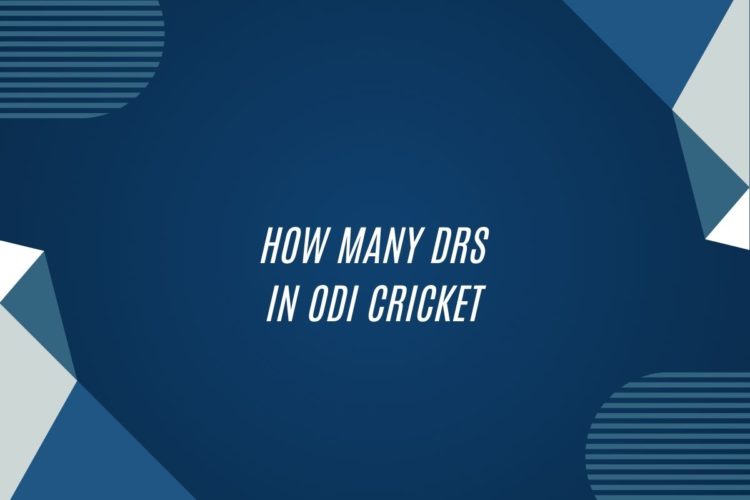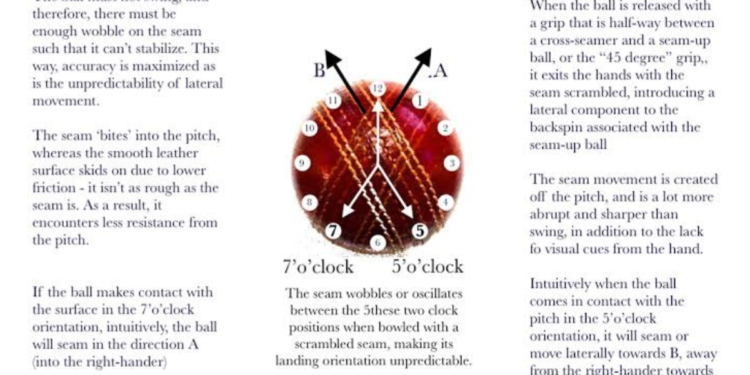Overview of DRS in ODI Cricket
The Decision Review System (DRS) in One Day International (ODI) cricket is a technological tool utilized to assist umpires in making more accurate decisions during matches. Introduced to reduce errors in crucial moments, DRS allows teams to challenge on-field decisions through the use of various technologies such as ball-tracking and ultra-edge to review contentious moments. This system has added an extra layer of scrutiny to umpiring decisions and has become an integral part of modern ODI cricket.
The implementation of DRS has sparked debates among players, coaches, and fans regarding its impact on the game. While some argue that it has brought more fairness and accuracy to decision-making, others question its reliability and the potential for human error in the technology used. Despite the controversies surrounding its adoption, DRS has undoubtedly changed the dynamics of ODI cricket matches, increasing the scrutiny on umpires and players alike.
The Evolution of DRS in ODI Cricket
The introduction of the Decision Review System (DRS) in One Day International (ODI) cricket marked a significant evolution in the sport. Initially met with skepticism, DRS was implemented to aid on-field umpires in making accurate decisions, especially in crucial moments of the game. Over the years, advancements in technology have enhanced the precision and reliability of DRS, leading to its widespread acceptance and utilization in ODI matches.
The evolution of DRS has not been without its controversies and debates. Issues such as the limited number of reviews per innings, the accuracy of ball-tracking technology, and the interpretation of ‘umpire’s call’ have been hot topics among players, coaches, and fans alike. Despite these challenges, the overall consensus is that DRS has played a crucial role in reducing errors and ensuring fair play in ODI cricket. As technology continues to advance, it will be interesting to see how DRS evolves further to enhance the game’s integrity and entertainment value.
The Role of Umpires in DRS Decision Making
Umpires play a crucial role in the Decision Review System (DRS) process in One Day International (ODI) cricket matches. They are responsible for making on-field decisions that can be challenged by teams using the DRS technology. The umpires’ judgments are subject to scrutiny through various technological aids such as ball-tracking and ultra-edge technology to ensure fair play and accurate decision-making.
The on-field umpires are required to make split-second decisions during the match, and the introduction of the DRS system has added another layer of complexity to their roles. While the technology provides valuable insights to assist in decision-making, umpires still carry the ultimate responsibility for making the final call. Their expertise, experience, and ability to interpret the technological inputs effectively are paramount in ensuring the integrity and fairness of the game.
Common Challenges Faced by Teams in Using DRS
One of the key challenges faced by teams when using the Decision Review System (DRS) in ODI cricket is the limited number of reviews available to them. Each team is allowed only a certain number of unsuccessful reviews per innings, leading to strategic decisions on when to challenge an umpire’s call. This limitation requires teams to assess the reliability of their appeals carefully, as wasting a review early in the innings could prove costly later on.
Additionally, the reliance on technology in the DRS system can pose a challenge for teams, especially in cases where the technology’s accuracy comes into question. In some instances, the ball tracking or ultra-edge technology may provide inconclusive or conflicting information, leaving teams in a dilemma when deciding whether to challenge an umpire’s decision. This uncertainty can add to the pressure on players and team management, as they weigh the risk of using a review against the potential impact it could have on the outcome of the match.
Impact of Technology on DRS Accuracy
The introduction of advanced technology in cricket, particularly in the form of the Decision Review System (DRS), has significantly impacted the accuracy of decision-making during matches. The implementation of tools like ball tracking and ultra-edge has provided the means for a more precise analysis of crucial moments on the field. These technological advancements have not only aided in upholding the spirit of fair play but have also become an essential component in enhancing the overall transparency of the game.
With the assistance of tools like Hawk-Eye and Snickometer, the accuracy of decisions made by on-field umpires has significantly improved in recent years. The reliance on technology has reduced the margin of error in critical moments, ensuring a more just adjudication of LBW appeals, catches, and other contentious decisions. The real-time data provided by these systems has also helped in minimizing controversies and enhancing the credibility of outcomes in ODI cricket matches.























